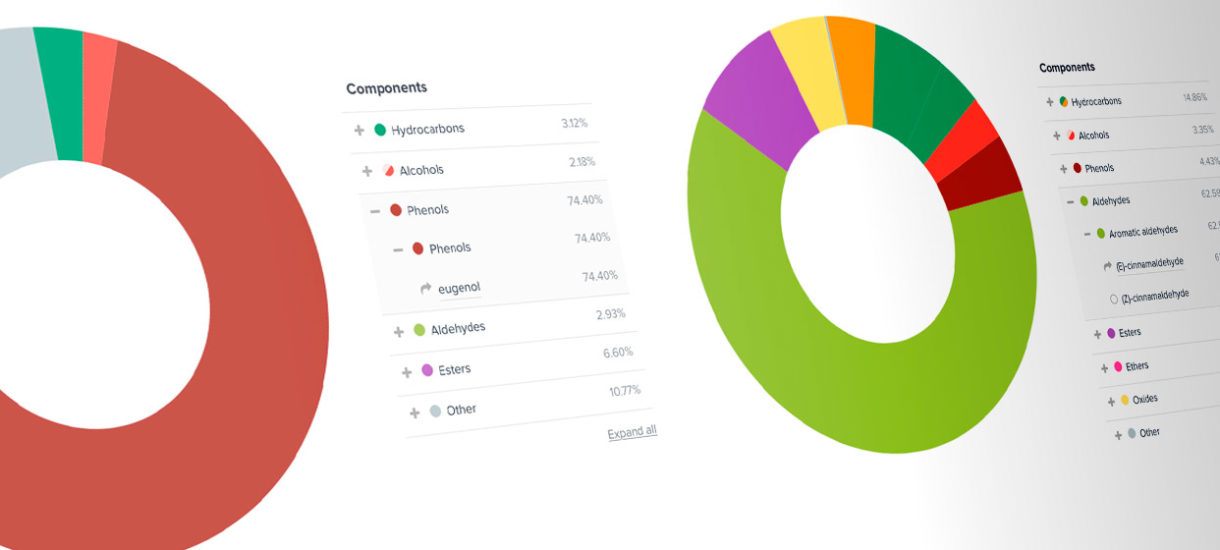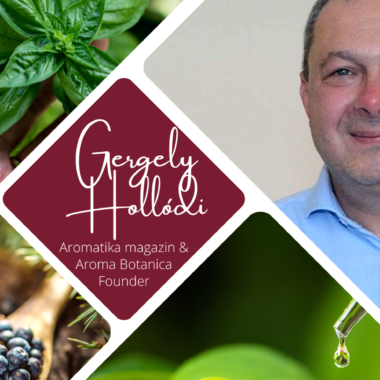As the holidays are getting closer and closer it’s time to infuse our homes with some holiday scents. One of them is undoubtedly Cinnamon (and my personal favorite). Please do share in the comments below what is your favorite holiday aroma?
Here is a bit of history for you to spice up your imagination 😉 Cinnamon has been recognized since ancient history. Some literature implies it was imported to Egypt as early as 2000 BC, however, those who reported that it had come from China had confused it with Cinnamon Cassia – a related species we will look at and compare to Ceylon Cinnamon later on. Cinnamon was so profoundly appreciated among ancient nations that it was considered a gift fit for monarchs and even for a deity! Cinnamons origin was kept mysterious in the Mediterranean for ages to protect the monopoly of the spice trade suppliers.
Fun fact:
Cinnamon was once more valuable than gold!
The Latin name Cinnamomum verum translates to ‘true cinnamon’ and it is native to India, Sri Lanka, Bangladesh, and Myanmar. Many related species are also cultivated as a source of cinnamon spice, including:
- Chinese cassia Lat. Cinnamomum cassia
- Vietnamese, or Saigon cinnamon Lat. Cinnamomum loureiroi
- Indonesian cinnamon Lat. Cinnamomum burmannii
- Malabar cinnamon Lat. Cinnamomum citriodorum
Today, we typically encounter two types of commercial cinnamon: Ceylon and Cassia cinnamon. The essential oil is obtained by steam distillation of the bark or the leaves. Needless to say that the composition of the two Cinnamon oils is very different, throw in the confusion of Ceylon and Cassia Cinnamon essential oil and you have more things to look out for than you bargained for. Let me show you what I mean. First, let’s take a look at the picture below I created using Dropsmith.

The picture on the left represents (Caylon) Cinnamon essential oil (Cinnamomum verum), distilled from the bark. As seen from the piechart, almost 63 % of this particular Cinnamon essential oil is composed of aromatic aldehydes, mainly (E)-cinnamaldehyde. Cinnamaldehyde is the main component that gives the spice its aroma and the flavor of cinnamon. It is a highly studied component that influences some well-known and valued properties of the essential oil such as anti-inflammatory and antimicrobial, however, it also raises some possibly serious safety hazards if the oil is not used correctly.
On the other hand, the picture on the right shows the composition of cinnamon (Cinnamomum verum) leaf essential oil. In this example, the dominating group is phenols, nearly 75 %, and the main component is eugenol. Still a pungent component with a diverse use and many possible safety issues but nevertheless a very different one. Do you remember which plant we talked about in the last blog post and it contained mainly eugenol?
Interesting fact:
Cinnamon leaf oil is cheaper and more ethical to use than bark oil also it is often used in the flavor industry.
To spice things up, Melani created a short video putting this into practice and tackling some common concerns by comparing the 4 oils we’ve been mentioning. Make sure to watch it!
Ceylon vs Cassia
We have come across this dilemma a few times. The question any people are asking is: “Is there a ‘true’ Cinnamon and is Cassia toxic?
As explained at the beginning of this post, the Latin name of Ceylon Cinnamon is Cinnamomum verum. The old botanical synonym for the tree is also Cinnamomum zeylanicum so sometimes you will still find essential oils labeled like that too. Keep in mind that you can search for the essential oil in Dropsmith’s database using both synonyms but that only the most current name will be displayed. Just to remind you, Cinnamomum verum originates from Shri Lanka, whereas Cassia essential oil is obtained from the tree Cinnamomum cassia, which originates from China. As Melani nicely explained in the video,
Cinnamon bark and Cassia essential oils do differ in the amount of cinnamaldehyde, but that is not the main issue.
The toxicity you may have read about is regarding the spice, not in the essential oil. It is in the ground/whole Cinnamon that we eat and use as a spice. The two plants differ in coumarin content. Coumarins are secondary phytochemicals with strong anticoagulants, carcinogenic and hepato-toxic properties. About 1 teaspoon of Cassia powder would contain around 5.8-12.1 mg of coumarin. This is above the Tolerable Daily Intake (TDI) for coumarin of 0.1mg/kg body weight/day recommended by the European Food Safety Authority (EFSA). Whereas Ceylon cinnamon contains hardly any coumarins. So, next time you are at the store, be sure to check out which Cinnamon you are buying, because most of them are Cassia. I recommend you take the time to find Cinnamomum verum, Cinnamomum zeylanicum or Ceylon cinnamon.
Laura’s tips & tricks – spice up your home!
- The safest and best way to use the Cinnamon essential oil at home is to diffuse it. Just one drop is usually intense enough to fill up the room with the sweet and spicy scent in a matter of minutes creating a warm holiday atmosphere.
Please do note that in addition to the high risk of skin sensitization, there is a low risk of mucous membrane irritation as well when using any of the Cinnamon oils mentioned in this post. Additionally, please make sure you are informed of the possible contraindications in such cases as pregnancy and breastfeeding when using Cinnamon essential oils.
- Another classic is cinnamon rolls and cinnamon biscuits! Here you will use the spice not the essential oil, of course 🙂 Please share your favorite recipe in the comments below.
- Cinnamon tea. Yes, you read correctly. Here is my recipe for a delightful holiday tea blend. I used a few different herbs to create this gem and here it is:
-
-
- a little bit of mint, lemon balm, chamomile tea
- 2 clove buds
- a pinch of Cinnamon powder
-
-
Pour boiling water over the herbs, leave it for 10 min and the tea is ready.
In the end, I have a question for you:
Do you think there is such a thing as a cinnamon-apple essential oil?
Let us know in the comments below and perhaps we should write a blog post about it. What do you think?

REFERENCES
- https://app.dropsmith.com/oils
- Abraham K, Wöhrlin F, Lindtner O, Heinemeyer G, Lampen A. (2010) Toxicology and risk assessment of coumarin: focus on human data. Mol Nutr Food Res. 54:228–39.
- Bell, Maguelonne Toussaint-Samat (2009) A history of food. Translated by Anthea (New expanded ed.). Chichester, West Sussex: Wiley-Blackwell. “Cassia, also known as cinnamon or Chinese cinnamon is a tree that has bark similar to that of cinnamon but with a rather pungent odour”
- Encyclopaedia Britannica. (2008) Species Cinnamomum zeylanicum, bushy evergreen tree of the laurel family (Lauraceae) native to Malabar Coast of India, Sri Lanka (Ceylon) Bangladesh and Myanmar (Burma).
- Orchard A, Van vuuren SF, Viljoen AM, Kamatou G. (2018) The in vitro antimicrobial evaluation of commercially essential oils and their combinations against acne. Int J Cosmet Sci.
- Priyanga Ranasinghe, et al. (2013) (Medicinal properties of ‘true’ cinnamon (Cinnamomum zeylanicum): a systematic review. BMC Complement Altern Med; 13: 275.
- Tisserand, R. and Young, R. (2014) Essential Oil Safety 2nd Edition. Edinburgh: Churchill Livingstone; 235-250.
- Tung YT, Yen PL, Lin CY, Chang ST (2010) Anti-inflammatory activities of essential oils and their constituents from different provenances of indigenous cinnamon (Cinnamomum osmophloeum) leaves. Pharmaceutical biology. 48(10):1130-6.
- http://www.theplantlist.com/ (December 2020)






